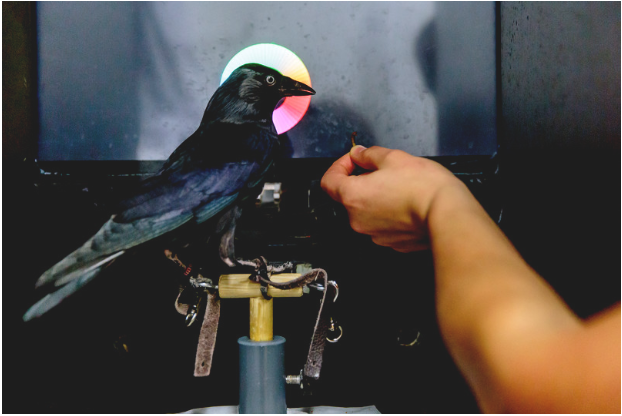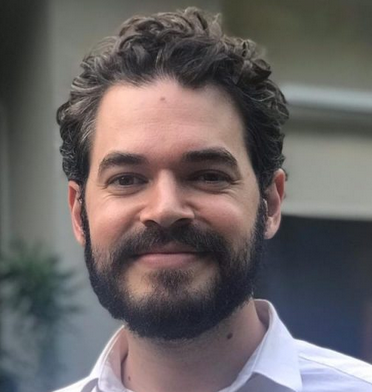
A19 – Causality and neural dynamics of context and generalization
Jonas Rose
Context is a critical variable in extinction learning. Yet its poorly understood what exactly constitutes a context and why extinction is so sensitive to it. By testing pigeons in a novel arena-setup we will establish if context is a physical or a learned stimulus property. We will further use optogenetic stimulation to probe the causality in the underlying neural network. Using modern, wireless, neurophysiology in crows we will also test if mechanisms of attention or of generalization can account for the difference in context-sensitivity between acquisition and extinction.
Guiding questions of A19:
- Is context defined only by contingency and continuity or are some physical properties more likely to become a context? Can we further identify causality in the underlying neural network using optogenetic manipulation?
- Is the avian hippocampus involved in context-dependency of extinction learning?
- Is the difference in context-dependency between acquisition and extinction a difference in attention or in generalization?
- Are individual differences in extinction-renewal driven by reinforcement history alone or are rules and strategies involved? Are such results stable across species?

10 project-relevant publications
Bouyeure A, Fellner M-C, Pacheco D, Kobelt M, Jacob G, Rose J, Axmacher N, (2025) Distinct representational properties of cues and context shape fear learning: an fMRI study. eLife 14:RP105126. https://doi.org/10.7554/eLife.105126
Güntürkün O, Pusch R, Rose J (2024): Why birds are smart. In Trends in Cognitive Sciences 28 (3), pp. 197–209. https://doi.org/10.1016/j.tics.2023.11.002
Hahn LA, Balakhonov D, Lundqvist M, Nieder A, Rose J (2022). Oscillations without cortex: Working memory modulates brainwaves in the endbrain of crows. Progress in Neurobiology, 219, 102372. https://doi.org/10.1016/j.pneurobio.2022.102372
Hahn LA, Fongaro E, Rose J (2025) Neuronal correlates of selective attention in the endbrain of crows. Communications Biology, 8:470. https://doi.org/10.1038/s42003-025-07914-2
Lingstädt F, Apostel A and Rose J (2025) Distribution of dominant wavelengths predicts jackdaw (Corvus monedula) color discrimination performance. Front. Physiol. 16:1543469. https://doi.org/10.3389/fphys.2025.1543469
Otto T, Rose J (2024): The open toolbox for behavioral research. Behavior Research Methods. 56(5):4522-4529. https://doi.org/10.3758/s13428-023-02199-x
Peschken J, Hahn LA, Pusch R, Rose J (2025) Extinction context is learned by pigeons, not given by the environment. Communications Psychology, 3(1). https://doi.org/10.1038/s44271-025-00261-2
Pusch R, Packheiser J, Azizi AH, Sevincik CS, Rose J, Cheng S, Stüttgen MC, Güntürkün O (2023): Working memory performance is tied to stimulus complexity. Communications Biology, 6(1). https://doi.org/10.1038/s42003-023-05486-7
Röders D, Ballesteros J, Sevincik CS, Silva SS, Abbas B, Bürgel L, Pusch R, Rose J (2025) A 3D-printed, modular implant for extracellular recordings. Journal of Neuroscience Methods, 418:110407. https://doi.org/10.1016/j.jneumeth.2025.110407
Serir A, Tuff JM, Rook N, Fongaro E, Schreiber T, Peus E, Güntürkün O, Manahan-Vaughan D, Rose J, Pusch R (2024) Balanced anesthesia in pigeons (Columba livia): a protocol that ensures stable vital parameters and feasibility during long surgeries in cognitive neuroscience. Frontiers in Physiology: Avian Physiology, 15. https://doi.org/10.3389/fphys.2024.1437890



